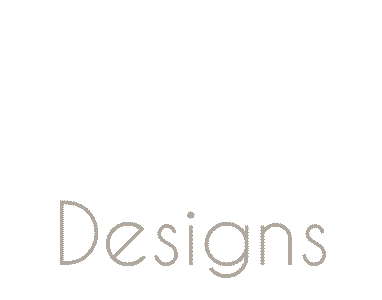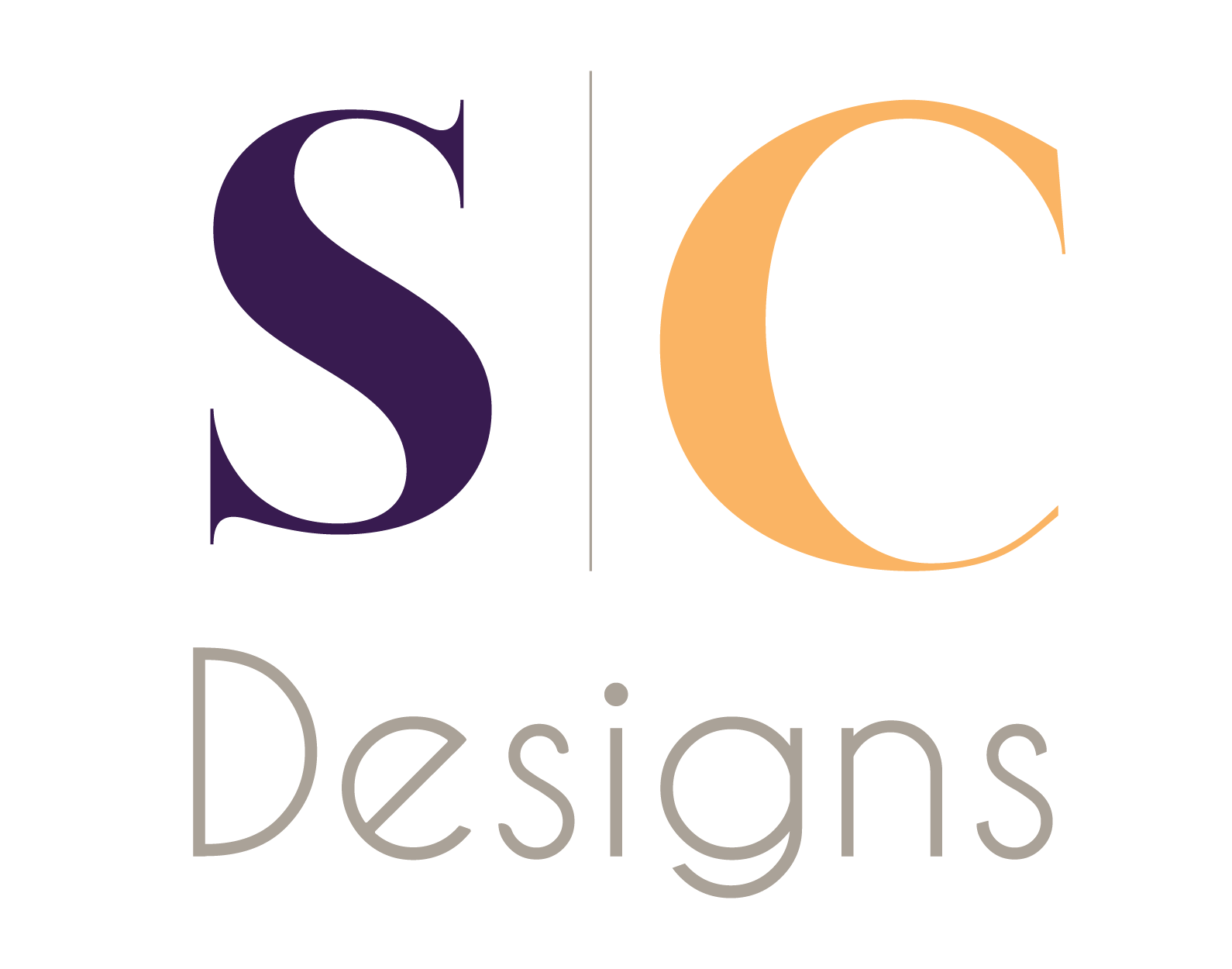Kings of Jerusalem: Laptop and Mobile Version

Category: Editorial Design, Typography, Layout Design
Objective:
To design an engaging and visually compelling flipbook that explores the traits of believers through meaningful design choices.
Concept Development
The project was designed to mix spiritual ideas with a modern, stylish look. The goal was to share meaningful thoughts in a visually appealing way, inspiring readers to think about faith and belief. This needed a careful balance of text, images, and layout.
Key points:
- Audience: People interested in spiritual or motivational topics.
- Style: Clean, modern, and thoughtful, matching the depth of the theme.
- Theme: Highlighting traits of believers through design that feels calm, trustworthy, and reflective.
Design Process
1. Research & Inspiration:
I studied editorial layouts and book designs from top publications. Spiritual symbols and minimalist aesthetics influenced the overall style. Research focused on creating a balance between readability and emotional resonance.
2. Visual Hierarchy & Layout Design:
I established a clear hierarchy using typography to guide the reader’s eye effortlessly:
- Large, bold headlines for key traits.
- Medium subheadings for explanations.
- Body text in a readable serif font for detailed descriptions.
The layout emphasized generous white space to convey calmness and allow readers to focus on the content.
3. Color Palette:
The palette featured neutral tones like soft whites, greys, and calming blues, punctuated by subtle gold accents for a sense of divinity and sophistication.
4. Typography:
- Headings: Sans-serif font for a modern look.
- Body text: Serif font for readability and a timeless feel.
5. Imagery:
- Integrated vector illustrations, symbolic imagery, and subtle gradients to complement the text and create visual interest.
6. Interactivity:
I used flipbook animation to bring the content to life, making it more dynamic and engaging for viewers. The flipbook format not only highlights the design's creativity but also serves as an interactive way to showcase my skills in my portfolio.
Proofs of Prophethood: Laptop and Mobile Version

Category: Editorial Design, Typography, Layout Design
Objective:
To design an interactive and visually captivating flipbook that explores the concept of prophethood through elegant design elements, ensuring clarity, engagement, and a reflective tone.
Tools Used:
- Adobe InDesign: For designing the layout and arranging text and visuals.
- Adobe Illustrator: For creating custom illustrations and graphics.
- Visual Paradigm: For publishing and embedding the flipbook into an online format.
Concept Development
The goal was to present the profound themes of prophethood in a way that merges traditional values with modern design. The project focused on achieving an aesthetic balance between spirituality and contemporary editorial standards.
Key points:
- Audience: People interested in spiritual or motivational topics.
- Style: Clean, modern, and thoughtful, matching the depth of the theme.
- Theme: Highlighting traits of believers through design that feels calm, trustworthy, and reflective.
Design Process
1. Research & Inspiration:
- Analyzed theological books and digital resources to identify visual trends.
- Emphasized minimalist and symbolic design to align with spiritual themes.
- Prioritized readability while ensuring the design reflects intellectual gravitas.
2. Visual Hierarchy & Layout Design:
Developed a clear structure:
- Headlines: Large, bold sans-serif fonts to highlight key concepts.
- Subheadings: Medium-sized text for explanations.
- Body Text: A serif font for readability and a timeless feel.
Employed whitespace to enhance focus and calmness.
3. Color Palette:
- Warm, earthy tones like beige and muted browns.
- Accents of deep blue and gold for a sense of divinity and scholarly authority.
4. Typography:
- Headings: Modern sans-serif font for clarity and emphasis.
- Body Text: Traditional serif font for a classic, academic tone.
5. Imagery:
- Integrated vector illustrations, symbolic imagery, and subtle gradients to complement the text and create visual interest.
6. Interactivity:
I used flipbook animation to bring the content to life, making it more dynamic and engaging for viewers. The flipbook format not only highlights the design's creativity but also serves as an interactive way to showcase my skills in my portfolio.
Steps:
- Designed grid-based layouts in InDesign to ensure consistency across pages.
- Created supporting graphics and illustrations in Illustrator.
- Exported polished layouts into Visual Paradigm for an interactive flipbook format.

designed by SC designs
© copyright, 2024

